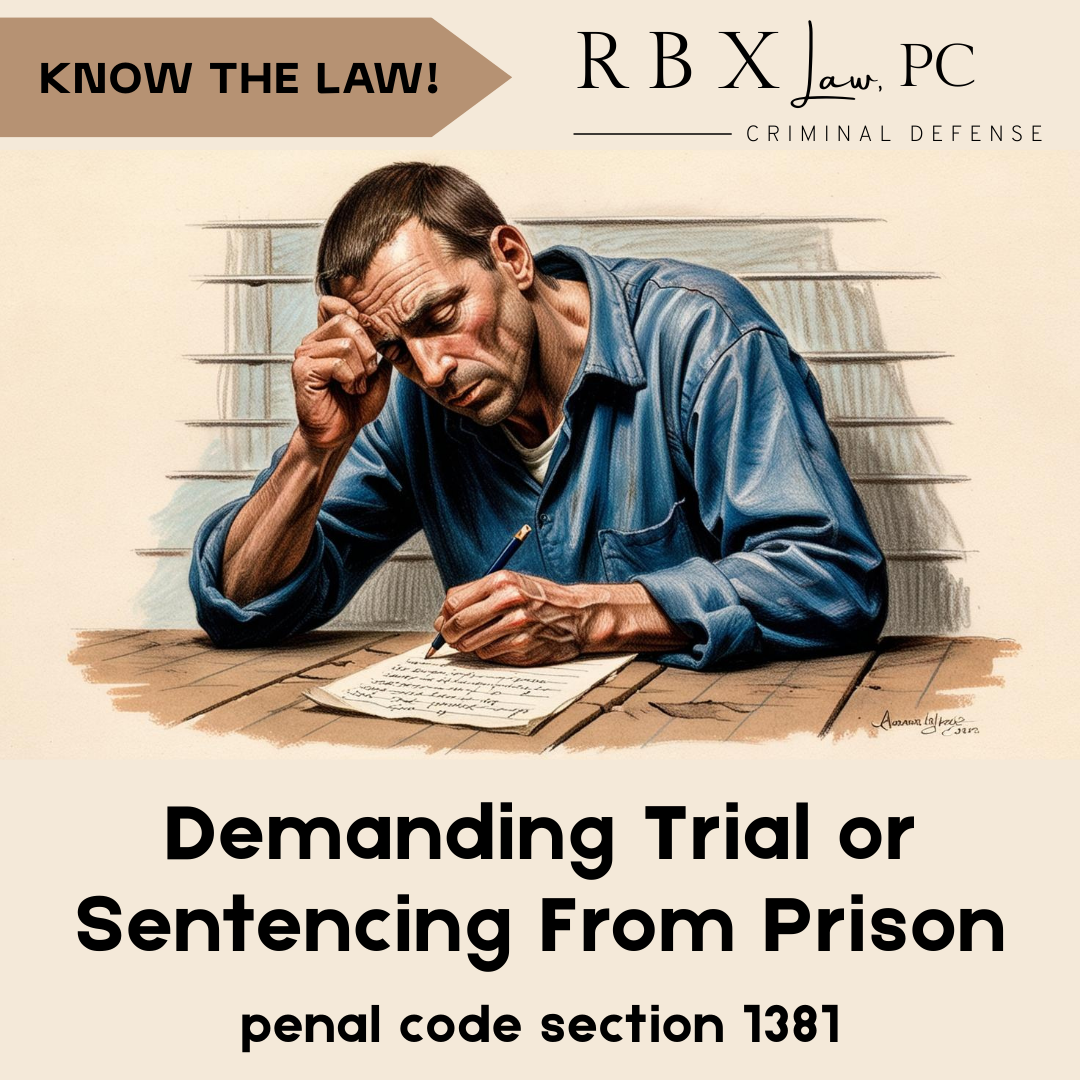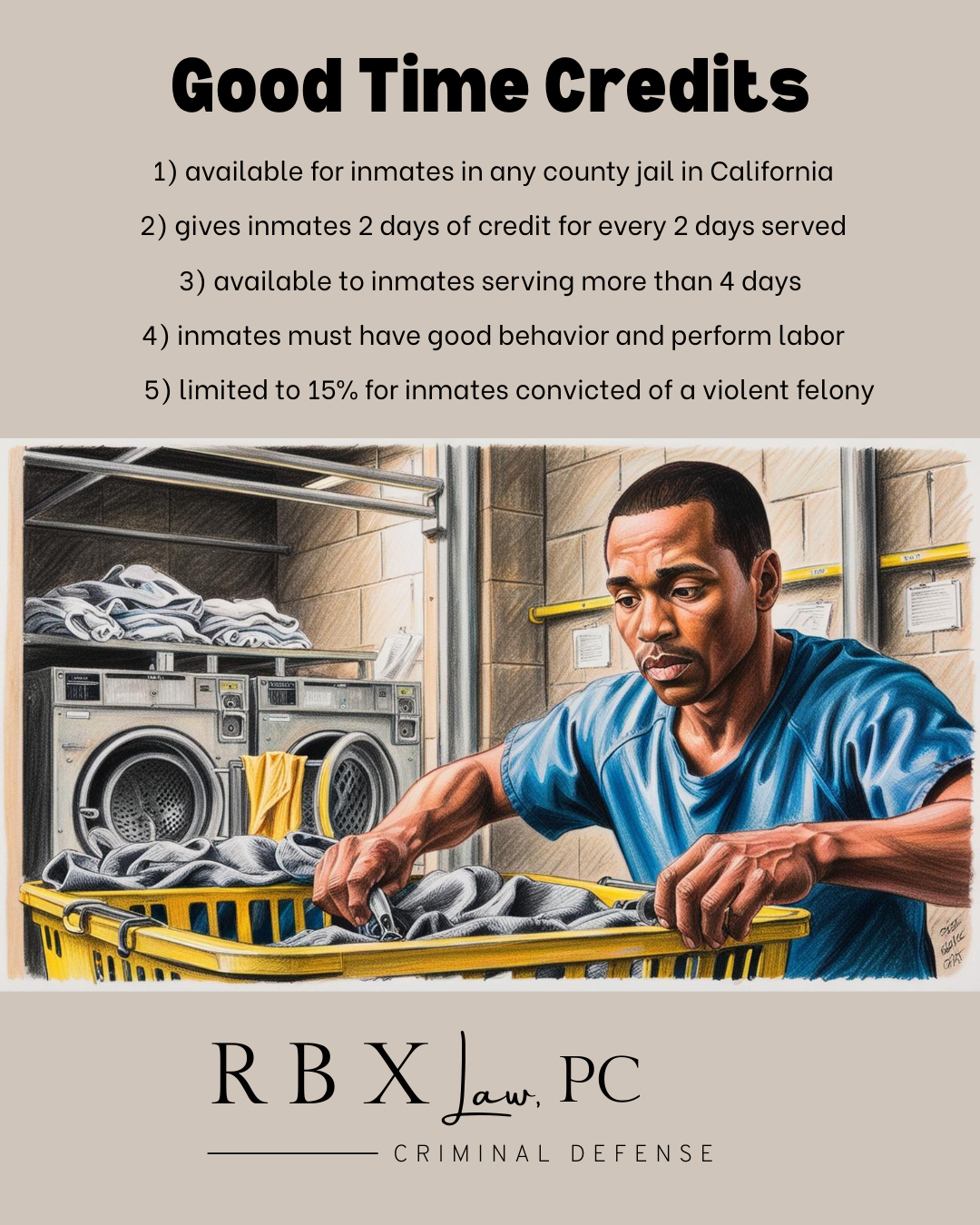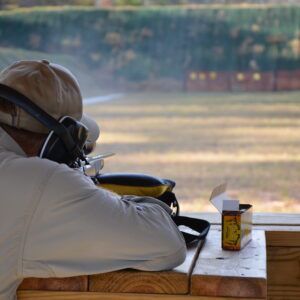SCR 48 – Senate Concurrent Resolution
SCR 48 is a senate concurrent resolution passed on September 22, 2017. It recognized the need for statutory reform to more equitably sentence offenders according to their involvement in the crime.
Although SCR 48 did not make any changes to existing law, it laid the foundation for Senate Bill 1437 – Accomplice Liability for Felony Murder.
Senate Bill 1437 is making its first pass through the California state legislature. After the Committee on Public Safety approved the bill by a vote of 6-1, it was referred to the Senate Appropriations Committee. A meeting before the Appropriations Committee is currently set for May 7, 2018.

SCR 48 – Punishment Should Match the Crime
Currently there are 2 laws – felony murder and aiding and abetting – that impose a punishment that is disproportionate to the criminal activity. SCR 48 recognizes that it is fundamentally unfair and in violation of basic principles of individual culpability to punish a person for the unforeseen results of another’s action.
SCR 48 – Overcrowded Prisons are Expensive
According to SCR 48, California continues to house inmates in numbers well beyond its maximum capacity at an average of 130% of capacity. WASCO, for example, is 2,000 inmates over the designed maximum capacity. Incarceration of an inmate in California costs taxpayers $70,836 per year. There are currently approximately 118,000 inmates incarcerated in California.

Malice
“Malice” is a deliberate unlawful intention to take away the life of another. Malice is required for a conviction for first or second degree murder, except in the case of felony murder.
Felony Murder
Under felony-murder, a defendant does not have to intend to kill anyone, nor commit the homicidal act, to be sentenced to first-degree murder. A defendant can be sentenced to first-degree murder even if the killing was unintentional, accidental, or negligent.

First-Degree Felony Murder
A conviction for first-degree murder results in a sentence of 25 years to life.
To be convicted of first-degree felony murder, the prosecutor only needs to prove that the killing was committed in the perpetration or attempt to perpetrate a felony specified in Penal Code Section 189.
Those felonies are arson, rape, carjacking, robbery, burglary, mayhem, kidnapping, train wrecking, torture, sodomy, lewd act on a child under 14, oral copulation, and rape by instrument.

Second-Degree Felony Murder
A conviction for second-degree murder results in a sentence of 15 years to life.
To be convicted of second-degree felony, the prosecutor only needs to prove that the killing was committed in the perpetration or attempt to perpetrate an “inherently dangerous felony.”
Inherently dangerous felonies include but are not limited to discharging a firearm at an inhabited dwelling, manufacturing methamphetamine, maliciously burning a car, and possessing a bomb in a residential area.
 Contact
Contact
(805) 635-7766
RABLAW805@gmail.com




















